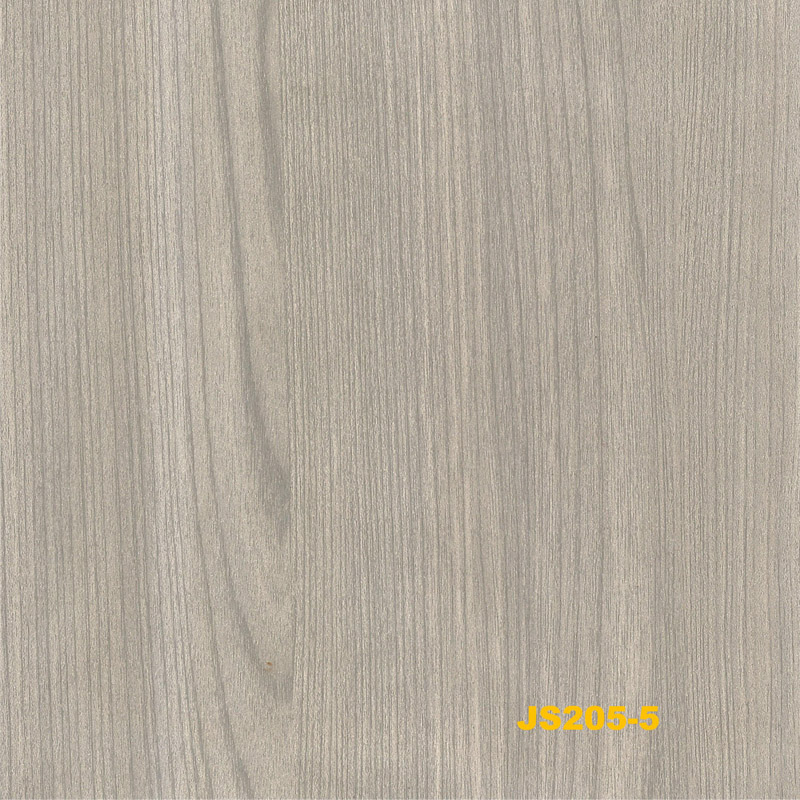Feb . 20, 2024 10:27 Back to list
What Is Contact Paper?
FURNITURE DECORATION PRINTING PAPER
Contact paper is an adhesive vinyl that comes in all colors and patterns and is used for decorating, covering, protecting and lining drawers, shelves, and other flat surfaces. A few of the most popular applications and purposes of contact paper include redecorating countertops and furniture.
Uses For Contact Paper
There are countless creative and practical uses for contact paper; it's an inexpensive and non-permanent way to update your home, a good way to protect surfaces, and a fun decorative touch that'll revive old furniture.
Get the Look For Less
You may have noticed the recent popularity of contact paper designs that mimic other materials. Here are some ideas to uplevel your home using contact paper:
- Marble: Marbleized contact paper is used to update the tops of coffee tables, nightstand tops, old bathroom vanities, and kitchen countertops.
- Granite: Contact paper that looks like granite is ideal for refurbishing countertops.
- Stainless steel: Contact paper that looks like stainless steel can be used on plastic-front appliances to give them a quick update.
- Tile: Contact paper that mimics the look and texture of tile can be used for backsplashes.
WARNING
When using contact paper for countertops, do not put hot pots on the material and do not cut food directly on the contact paper.
Protect a Surface
Traditionally, contact paper was used to line kitchen shelves and drawers to extend the life of kitchen cabinets while adding color or pattern to complement a kitchen's design and style. You can use contact paper to do this beyond kitchen cabinets:
- Flooring upgrades: Contact paper, especially in wood, marble, and tiled patterns, can be an easy and non-permanent way of updating your floors, especially when it's sealed with clear polyurethane for durability.
- Decorating doors: Use chalkboard contact paper to decorate cabinet door faces or the inside of the doors where you can write notes and recipes.
- Covering windows: Contact paper comes in all types of patterns, from frosted to patterned, offering privacy for windows.
Revive Old Furniture
Contact paper comes in many designs, from florals and stripes to wood grain and animal prints. Cover parts, such as the drawer faces, or the whole of an old dresser or chest with contact paper and bypass the need to sand, stain, or paint. Add some cute decorative pulls or knobs to finish the transformation.
Add a Decorative Touch
If you're looking for a smaller contact paper project, add a decorative touch to a small piece like a tray, a picture frame, a lamp shade, or even a laptop. Since the adhesive paper is water resistant, you don't need to worry about spills ruining your items.
What Is Contact Paper Made Of?
Contact paper is basically self-adhesive vinyl, made from vinyl on top and a strong water-based adhesive on the bottom. The vinyl is waterproof but the adhesive is not waterproof. Contact paper as a whole, however, is considered to be water-resistant.
Is Contact Paper Removable?
Contact paper is removable which is one of its main benefits. But it depends on how old the paper is and what type of surface you're trying to remove it from that determines how easy it will be to get off. Newer brands of contact paper are completely removable and most will peel right off when you start with one corner.
If you're having a hard time peeling off paper that's been stuck on a surface for a long time, applying heat from a hair dryer will help loosen it. If the paper leaves the surface sticky (which may happen with older contact paper) simply clean it with a sponge and mild detergent or a commercial adhesive remover.
Contact Paper vs. Wallpaper
-
Mostly used on horizontal surfaces such as countertops, shelves, and drawers.
-
Less expensive.
-
Generally easily removable.
-
Sold in rolls or sheets.
-
Mostly used on vertical surfaces such as walls.
-
More expensive.
-
More difficult to remove if not a peel-and-stick wallpaper.
-
Only sold in rolls.
How to Use Contact Paper
Using contact paper is not difficult, but there are a couple of steps that ensure quick and easy application every time:
- Completely clean the surface you're covering using a damp cloth to remove any dust, dirt, or stickiness. Wipe dry with a microfiber cloth.
- Measure the surface you will be covering and cut the contact paper to the same size.
- Once you are ready to apply the contact paper, line it up where it's going and hold it in place with one hand, while peeling off the backing starting in one corner with the other hand. Do not take the entire backing off and just stick it down on your surface because you will run the risk of bubbles and creases forming. Peel the backing away one section at a time, gently but firmly pressing the adhesive paper onto the surface.
- Run a ruler or other straight-edge object over the covered surface to get rid of any lingering bubbles.
-
Premium Decorative Base Paper for Stylish Laminates & Panels
NewsAug.22,2025
-
Premium Decor Base Paper for Furniture & Laminates
NewsAug.21,2025
-
Easy Self Adhesive Paper for Wooden Furniture Decor
NewsAug.19,2025
-
Premium Decor Base Paper: High-Quality Melamine Impregnated Paper
NewsAug.18,2025
-
High-Quality Duplex Board for Packaging & Printing
NewsAug.17,2025
-
Coated Duplex Board Paper | Double-Sided for Print & Pack
NewsAug.16,2025


